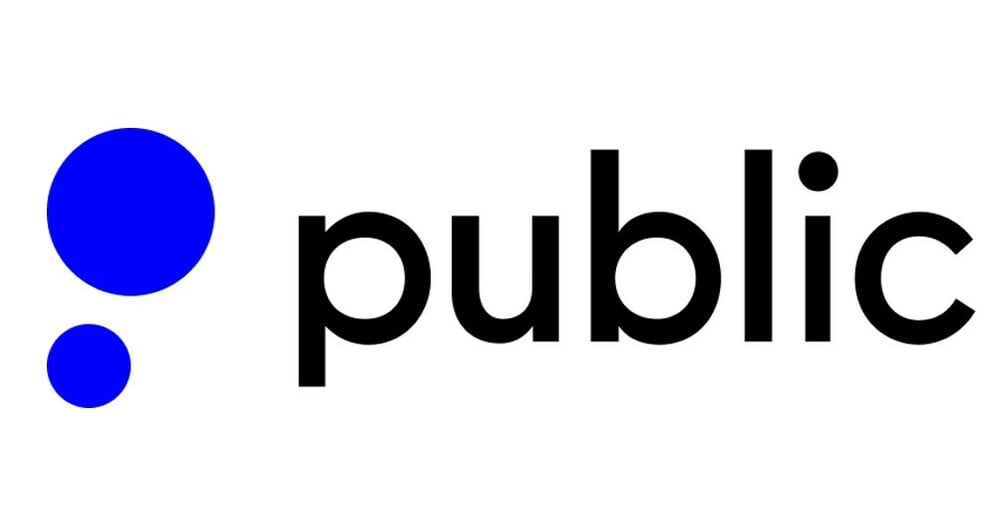The first-timer’s guide to buying stocks
STEP 1: FIND A BROKER THAT YOU LIKE
There are a lot of online brokers out there. So many, in fact, it can be overwhelming to weed through all the options — good and bad — and then confidently choose one. To make the search easier, we created this shortlist of picks from our partners.
“NerdWallet, Inc. is not an investment advisor and does not provide advice, brokerage services, or recommendations to buy or sell particular stocks or securities.”
| Broker | NerdWallet rating | Promotion | Fees | Account minimum |
|---|---|---|---|---|
4.5/5 | 1 Free Stock after linking your bank account (stock value range $5.00-$200) | $0 per trade | $0 | |
4.5/5 | Get up to $700 when you open and fund a J.P. Morgan Self-Directed Investing account with qualifying new money. | $0 per trade | $0 | |
4.8/5 | None no promotion available at this time | $0 per online equity trade | $0 | |
5.0/5 | Get 20 free fractional shares (each valued up to $3,000) when you open and fund an account with Webull. | $0 per trade | $0 | |
5.0/5 | Exclusive! U.S. residents who open a new IBKR Pro account will receive a 0.25% rate reduction on margin loans. Terms apply. | $0.005 per share; as low as $0.0005 with volume discounts | $0 | |
4.4/5 | None no promotion available at this time | $0 per trade | $0 | |
4.6/5 | Earn up to $10,000 when you transfer your investment portfolio to Public. | $0 | $0 |
| Broker | NerdWallet rating | Fees | Account minimum | Promotion | Learn more | |
|---|---|---|---|---|---|---|
4.5/5 | $0 per trade | $0 | 1 Free Stock after linking your bank account (stock value range $5.00-$200) | Learn moreon Robinhood's website | ||
4.5/5 | $0 per trade | $0 | Get up to $700 when you open and fund a J.P. Morgan Self-Directed Investing account with qualifying new money. | Learn moreon J.P. Morgan's website | ||
4.8/5 | $0 per online equity trade | $0 | None no promotion available at this time | Learn moreon Charles Schwab's website | ||
5.0/5 | $0 per trade | $0 | Get 20 free fractional shares (each valued up to $3,000) when you open and fund an account with Webull. | Learn moreon Webull's website | ||
5.0/5 | $0.005 per share; as low as $0.0005 with volume discounts | $0 | Exclusive! U.S. residents who open a new IBKR Pro account will receive a 0.25% rate reduction on margin loans. Terms apply. | Learn moreon Interactive Brokers' website | ||
4.4/5 | $0 per trade | $0 | None no promotion available at this time | Learn moreon Vanguard's website | ||
4.6/5 | $0 | $0 | Earn up to $10,000 when you transfer your investment portfolio to Public. | Learn moreon Public's website |
Once you’ve set up and funded your brokerage account, it’s time to pick stocks. A good place to start is by researching the companies you already know as a consumer.
Don’t let the deluge of data and real-time market gyrations overwhelm you as you conduct your research. It’s important to keep your goals simple. Find companies that make you want to be part owner.
When choosing where to invest, take a look at the company’s annual report — specifically management’s annual letter to shareholders. The letter will give you a ton of insight into what’s happening with the business and provide context for the numbers in the report.
After that, most of the info and tools you need to evaluate the business will be on your broker’s website, such as SEC filings, conference call transcripts, quarterly earnings updates and recent news. Most brokers also provide guides on how to use their tools and even basic seminars on how to pick stocks.
There are two order types that successful investors rely on all the time: market orders and limit orders.
MARKET ORDERS
With a market order, you’re indicating that you’ll buy or sell the stock at the best available current market price. Don’t be surprised if the price you pay — or receive, if you’re selling — is not the exact price you were quoted just seconds before. Bid and ask prices, as they’re called (see our cheat sheet below), fluctuate constantly throughout the day. That’s why a market order is best used when buying stocks that don’t experience wide price swings — large, steady blue-chip stocks as opposed to smaller, more volatile ones.
Before you place a market order, there are a few things to keep in mind:
- A market order is best for buy-and-hold investors who think small differences in price are less important than ensuring that the trade is fully executed or filled.
- If you place a market order trade “after hours,” when the markets have closed for the day, your order will be placed at the prevailing price when the exchanges next open for trading.
- Check your broker’s trade execution disclaimer. Some low-cost brokers bundle all customer trade requests to execute all at once at the prevailing price, either at the end of the trading day or a specific time or day of the week.
LIMIT ORDERS
A limit order gives you more control over the price at which your trade is done. If XYZ stock is trading at $100 a share, but you think a $95 per-share price is more in line with how you value the company, your limit order tells your broker to hold tight and execute your order only when the ask price drops to that level. On the selling side, a limit order tells your broker to part with the shares once the bid rises to the level you set.
Limit orders are a good tool for investors buying and selling smaller company stocks, which tend to experience wider spreads, depending on investor activity. Limit orders are also good for investing during periods of short-term stock market volatility or when stock price is more important than order fulfillment.
There are additional conditions you can place on a limit order to control how long the order will remain open. An “all or none” (AON) order will be executed only when all the shares you wish to trade are available at your price limit. A “good for day” (GFD) order will expire at the end of the trading day — even if the order has not been fully filled. A “good till canceled” (GTC) order remains in play until the customer pulls the plug or the order expires; that’s anywhere from 60 to 120 days or more.
There are a few things to keep in mind before you place a limit order:
- While a limit order guarantees the price you’ll get if the order is executed, there’s no guarantee that the order will be filled fully, partially or even at all. Limit orders are placed on a first-come, first-served basis. This happens only after market orders are filled and only if the stock stays within your set parameters long enough for the broker to execute the trade.
- Limit orders can cost investors more in commissions than market orders. A limit order that can’t be executed in full at one time or during a single trading day may continue to be filled over subsequent days, with transaction costs charged each day a trade is made. If the stock never reaches the level of your limit order by the time it expires, the trade will not be executed.
Get help navigating through all the numbers and stock trading terms. Spruce up your vocab with this trading terms cheat sheet.
Ask (for Buyers): The price that sellers are willing to accept for the stock.
Bid (for sellers): The price that buyers are willing to pay for the stock.
Spread: The difference between the highest bid price and the lowest ask price.
Market order: A request to buy or sell a stock ASAP at the best available price.
Limit order: A request to buy or sell a stock only at a specific price or better.
Stop (or stop-loss) order: Once a stock reaches a certain price, the “stop price” or “stop level,” a market order is executed and the entire order is filled at the prevailing price.
Stop-limit order: When the stop price is reached, the trade turns into a limit order and is filled up to the point where specified price limits can be met.
High five! Now you’re ready to invest. To get started choosing a broker, check out our list of standouts to find the right one for you.
You may also like these
American Express® High Yield Savings Account
APY
3.60%
With $0 min. balance for APY
Bonus
N/A
Betterment Cash Reserve – Paid non-client promotion
Monthly fee
$0
APY
4.50%
With $0 min. balance for APY
Bonus
N/A
Vanguard Cash Plus Account - Paid non-client promotion
Monthly fee
$0
APY
3.65%
With $0 min. balance for APY
Bonus
N/A
To recap our selections...
NerdWallet's The first-timer’s guide to buying stocks





